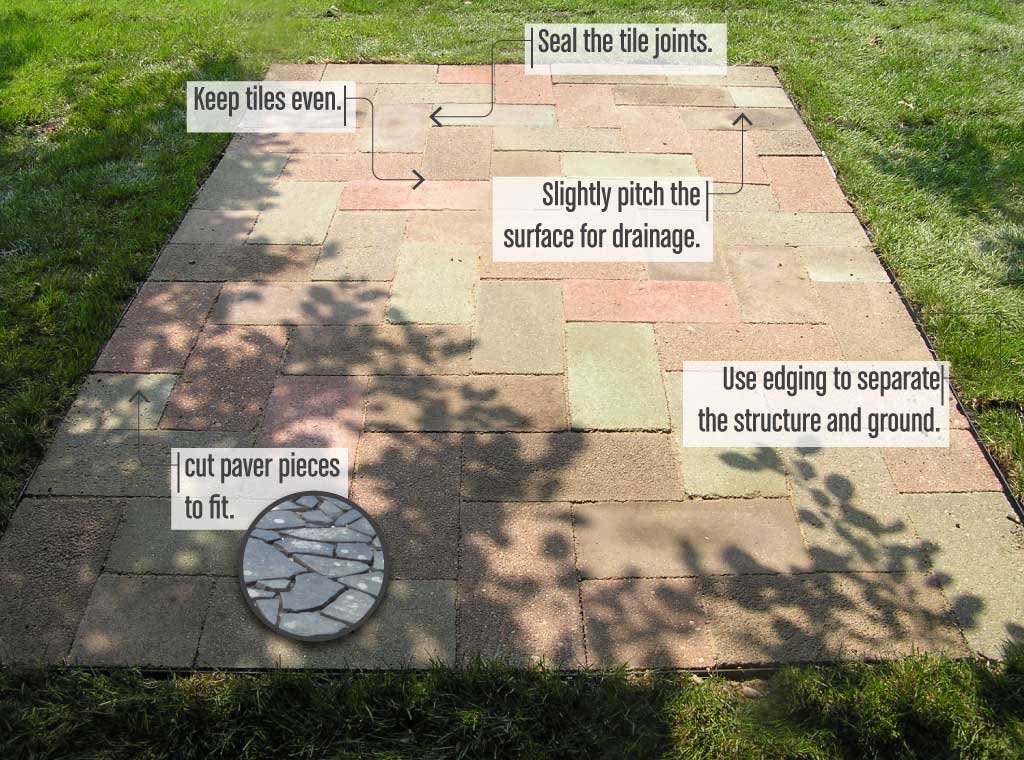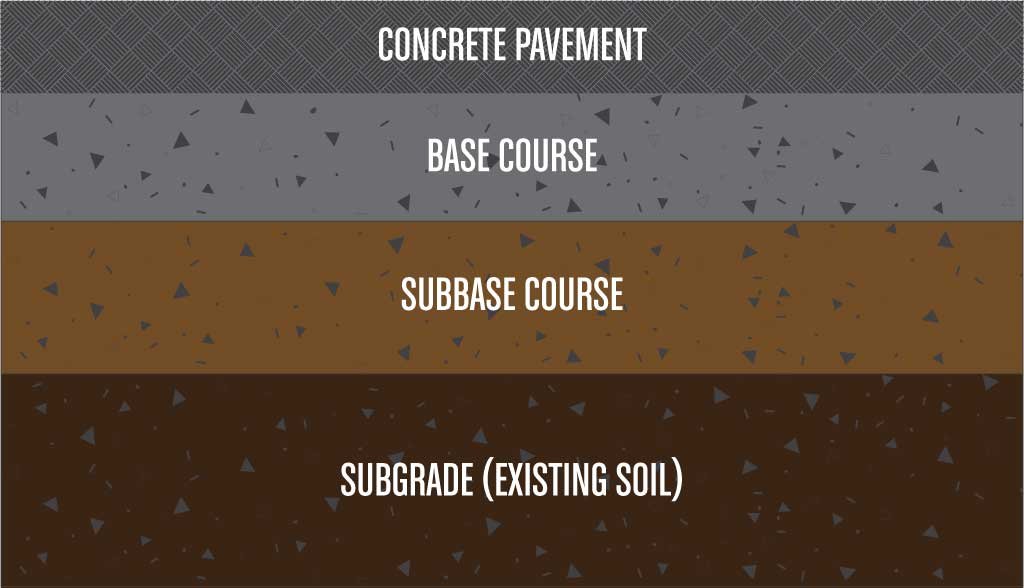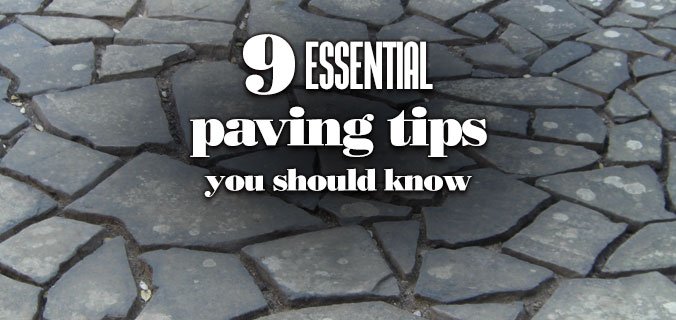Create a stunning, long-lasting, and distinctive outdoor patio with concrete pavers. Patio pavers are simple to set up, resistant to weather, and able to meet almost any design objective. Before you install these must-have additions to your landscape, learn about these 9 things about patio pavers.

Starting from the bottom up
A solid foundation is required when installing your patio pavers. A patio project requires between 8″ and 12″ of excavation, depending on the type of material used. Contact your local utilities to ensure that all electrical, cable, and plumbing lines are correctly labeled before digging. If you have a backed installation, select an Approved Contractor for your patio design and construction.
Keep it Even

Patio success demands that you establish a solid bedding layer. Concrete pavers should be set in a bed of concrete sand that is uniformly screened. A rough, uneven surface could detract from the appearance of your patio and cause people to trip or fall.
Edge It In
Experts who are familiar with patio pavers will always advise you to use edging, which is a crucial structural component of your patio’s function. There are a few distinct types of flexible paver edging on the market, both made of aluminum and plastic. Concrete curbing units, on the other hand, maybe used as patio edging if they are mortared in place.
Seal in the Joints
The installation of joint sand is one of the last steps in completing your paver patio project. This material is sometimes known as a joint compound and is spread out in a thin layer over the whole surface with a brush, vibrated into the joints with a plate compactor, and then swept. There are several design alternatives for joint finishes.
Make the Correct Cut
During most patio construction projects, the craftsman will need to cut paver pieces to fit within the design. A paver might be trimmed down to the required size and shape using a masonry saw, just as with interior tile finishes. When considering hiring a contractor for your project, please pay attention to the cuts listed in their work portfolio, which is often an indication of their ability and attention to detail.
Don’t Forget to Slope in Your Makeover
For effective drainage, a gentle pitch should be applied to the completed patio surface. Take into account a quarter-inch of the pitch for every two feet of patio area to direct the gradual pitch away from your main house and avoid water damage. For optimum pitch, paver projects should be handled by a professional landscaper.
Paver Patio Maintenance You Should Know About
Paver patios are more expensive to build than other hardscaping choices, but their long-term maintenance expenses greatly outweigh the original expenditure. Patios are simple to maintain because sweeping and cleaning them with water once in a while is all it takes to keep them looking fantastic. While a pressure washer can effectively remove stains, many paver manufacturers create highly stain-resistant products, so using one should be a rare occurrence.
If you have extra pavers, make sure they’re available.
Pavers are prized for their ability to withstand years of harsh weather, seasonal temperature swings, foot traffic, and general usage. However, individual components may fracture or chip over time. Keep extra concrete pavers on hand to replace worn-out sections when spot treatment is needed.
Permeable Patio Pavers for a Greener World
Permeable patio pavers allow rainwater and irrigation overflow to run into the ground rather than into the runoff system, remaining environmentally friendly. Also, permeable pavers not only protect your municipal water supply from pollutants, but they may also help you meet previous surface building standards and save the difference between getting that in-ground pool approved.



2 Comments
Pingback: How to Install Pavers Patio in Your Backyard - Discover the yard
Pingback: How to Install Paver Edging - Discover the yard